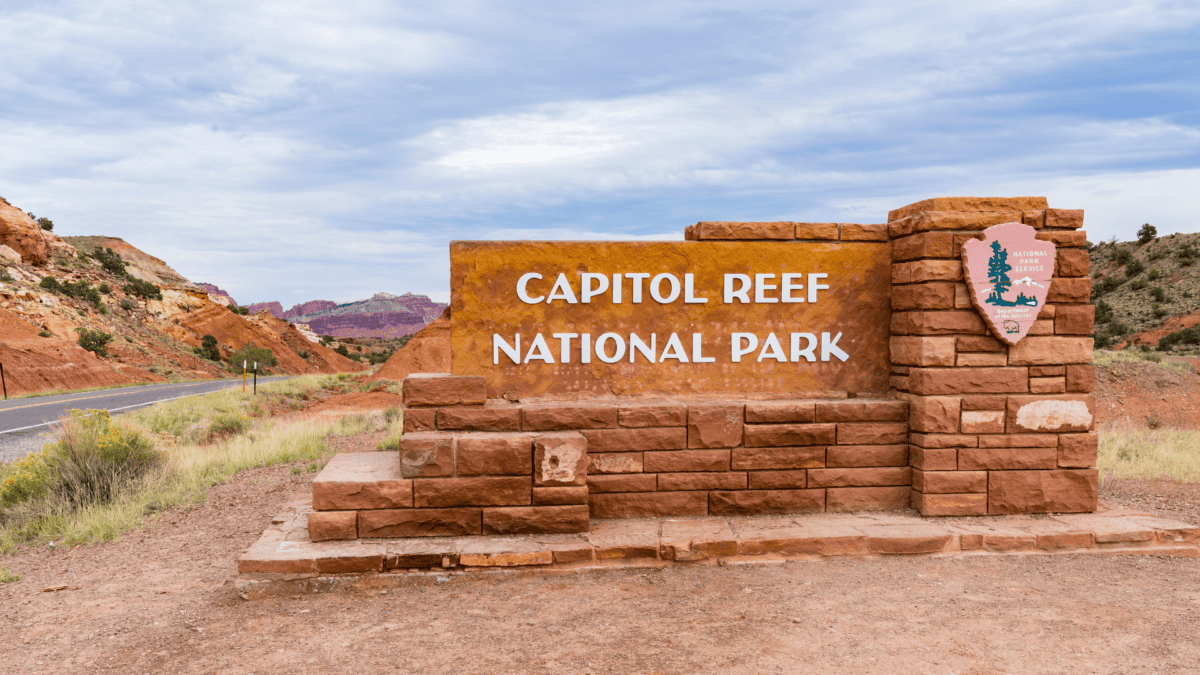Capitol Reef National Park is found in Utah’s south-central desert. The park is well-known for the Chimney Rock pillar, the Hickman Bridge arch, and Capitol Reef, which is known for its white sandstone domes. In the north are the towering monoliths of Cathedral Valley. The park is also home to various wildlife. Let’s find out which top 21 animals call Capitol Reef National Park home.
1. Desert Bighorn Sheep
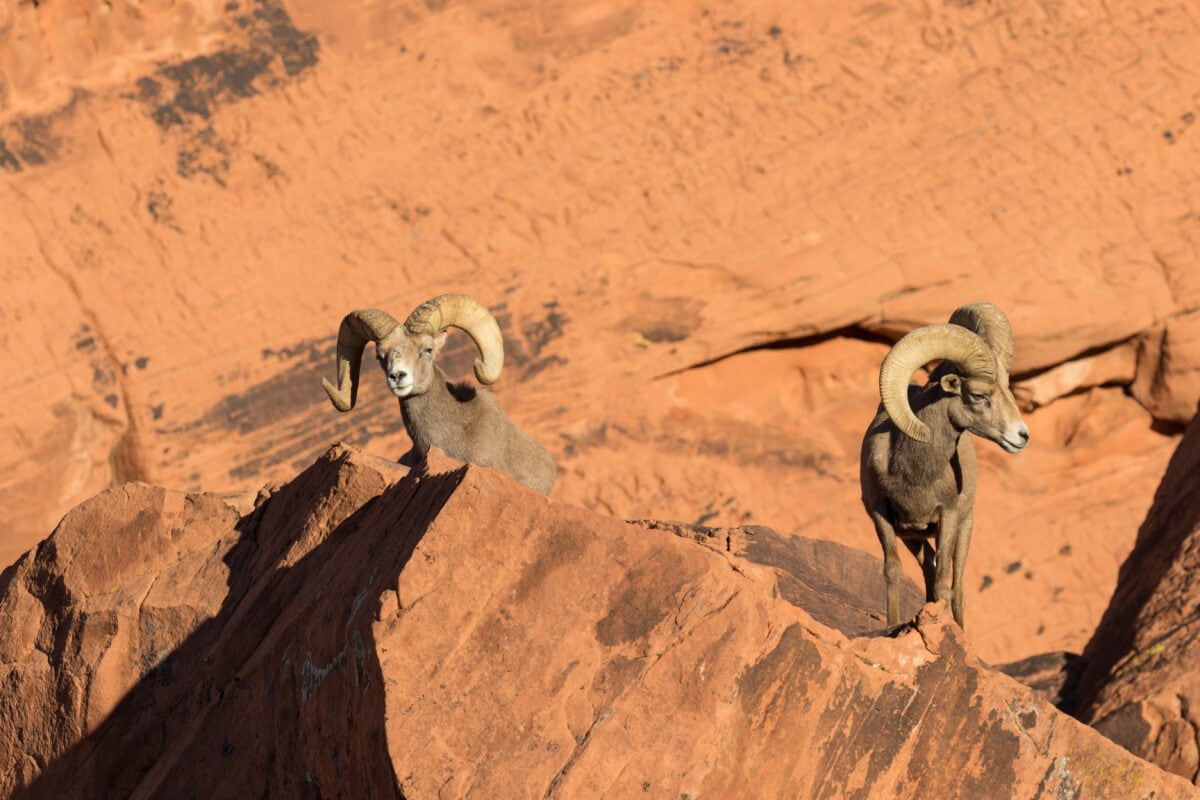
These iconic animals are well-adapted to the arid desert environment of Capitol Reef, often seen traversing the rugged terrain.
2. Mule Deer
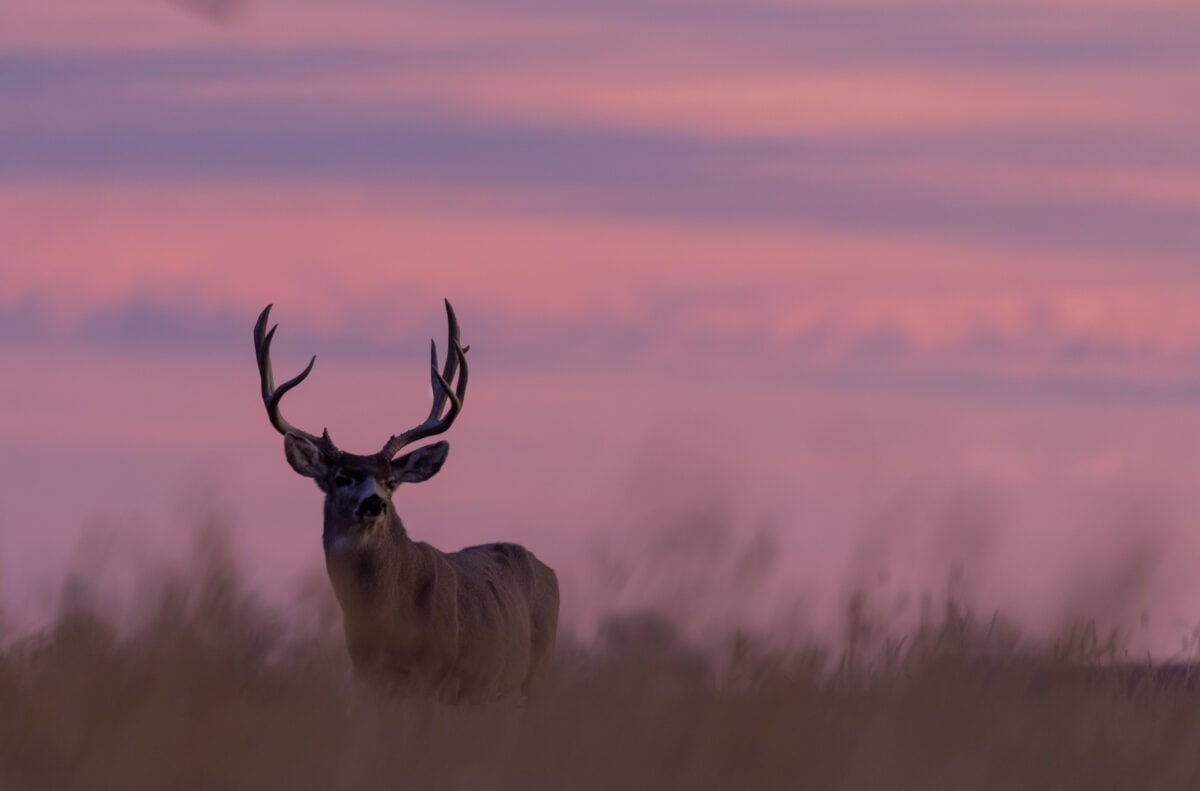
Commonly spotted throughout the park, especially in the early mornings or evenings.
3. Mountain Lions
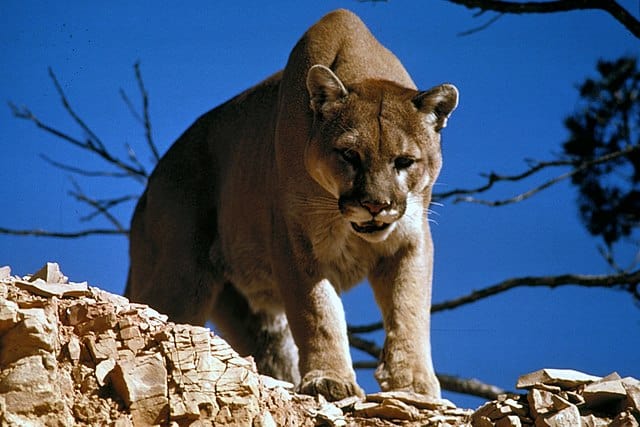
Elusive and rarely seen, mountain lions inhabit the remote areas of the park.
4. Coyotes
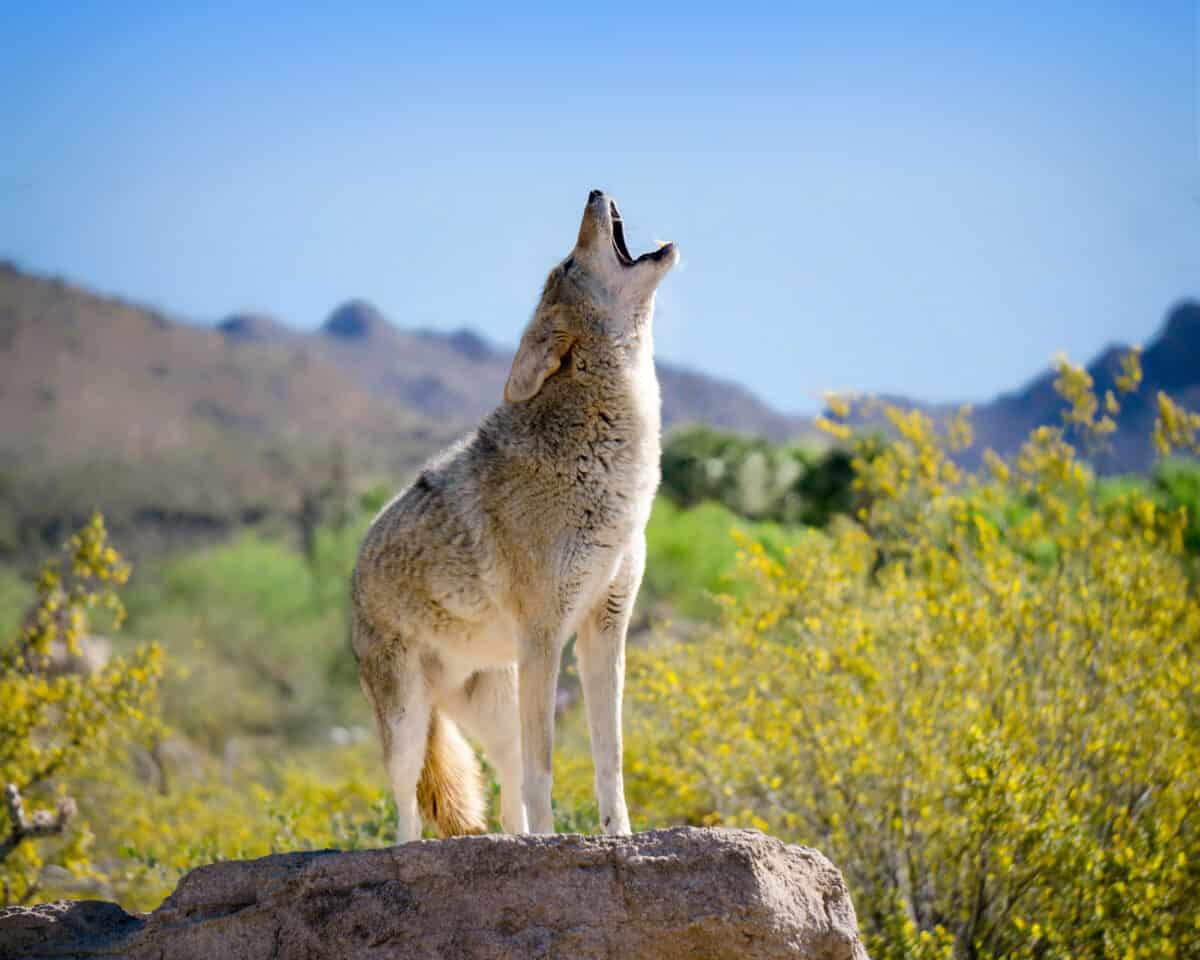
These adaptable predators can be found in various habitats within the park, from desert valleys to rocky slopes.
5. Kit Foxes
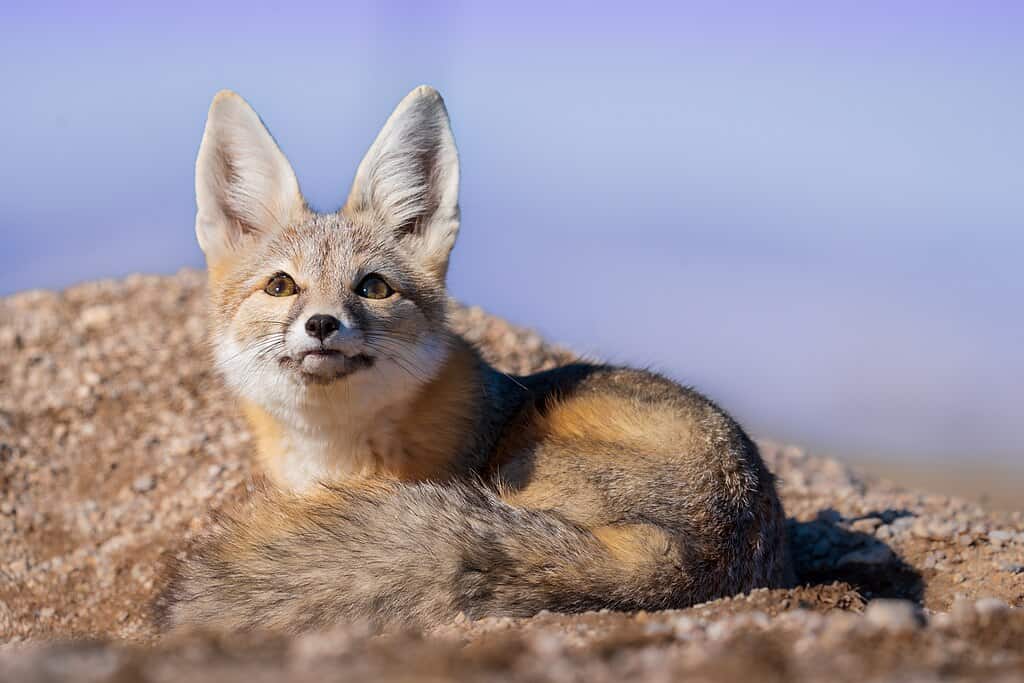
Small and agile, kit foxes are primarily nocturnal and hunt small mammals and birds.
6. Rock Squirrels
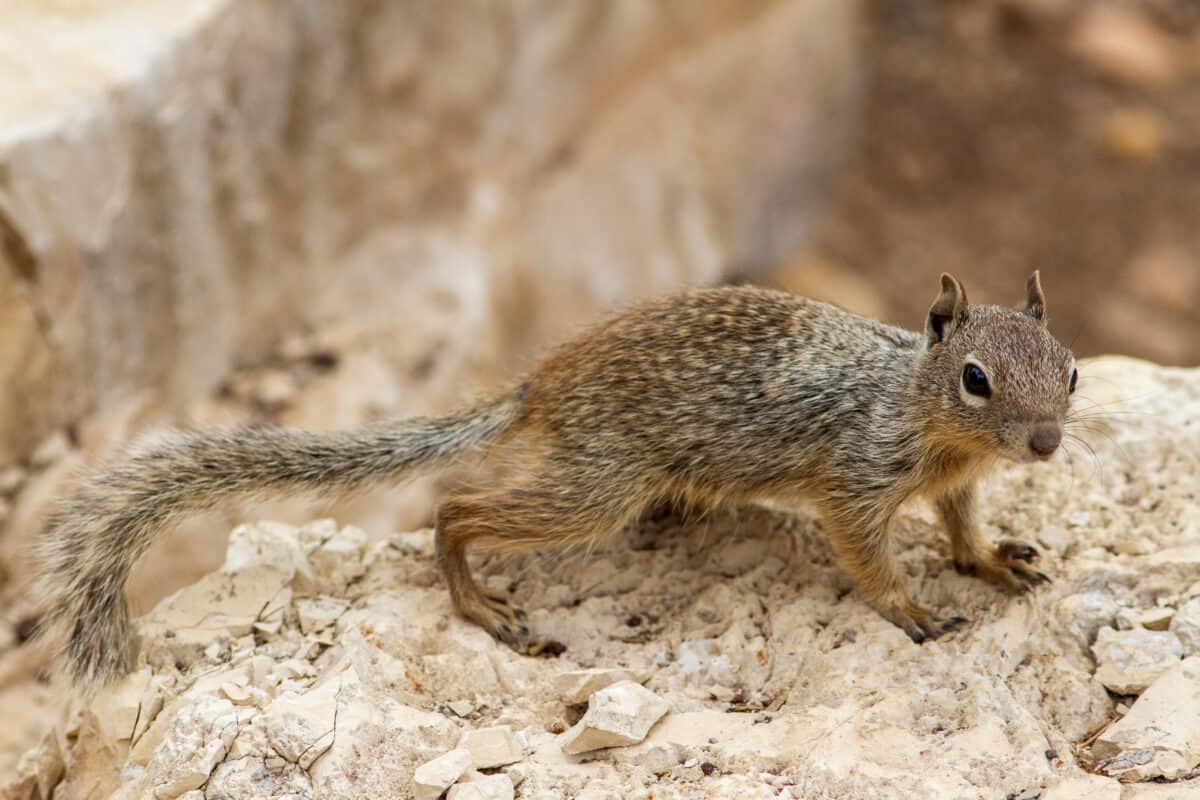
Often seen scurrying among the rocks, these squirrels are skilled climbers.
7. Kangaroo Rats
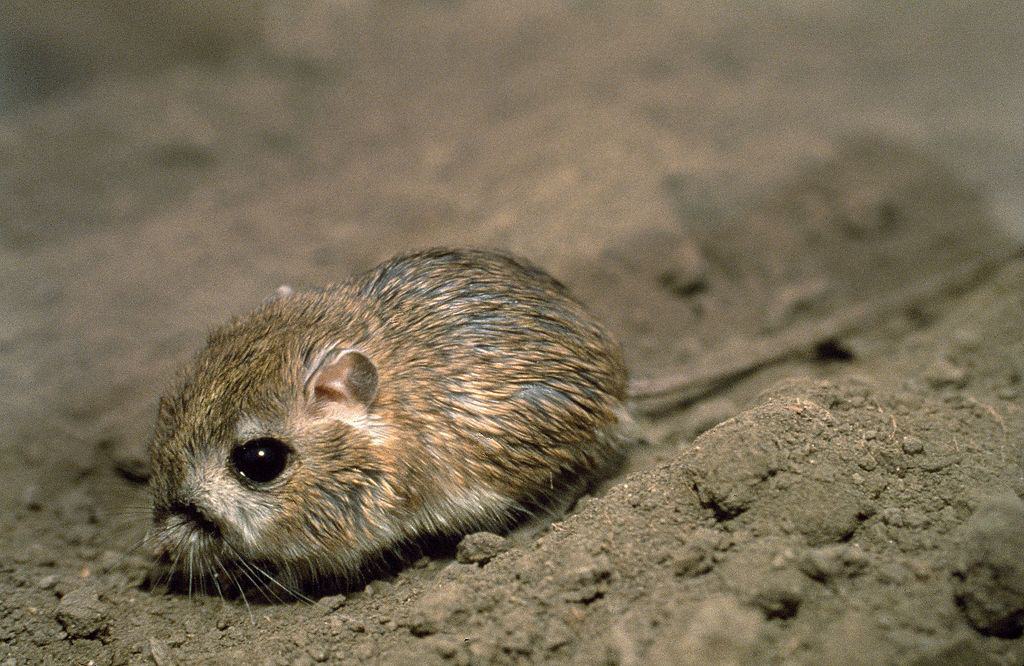
Nocturnal rodents known for their distinctive hopping gait and long tails.
8. Great Basin Spadefoot Toads
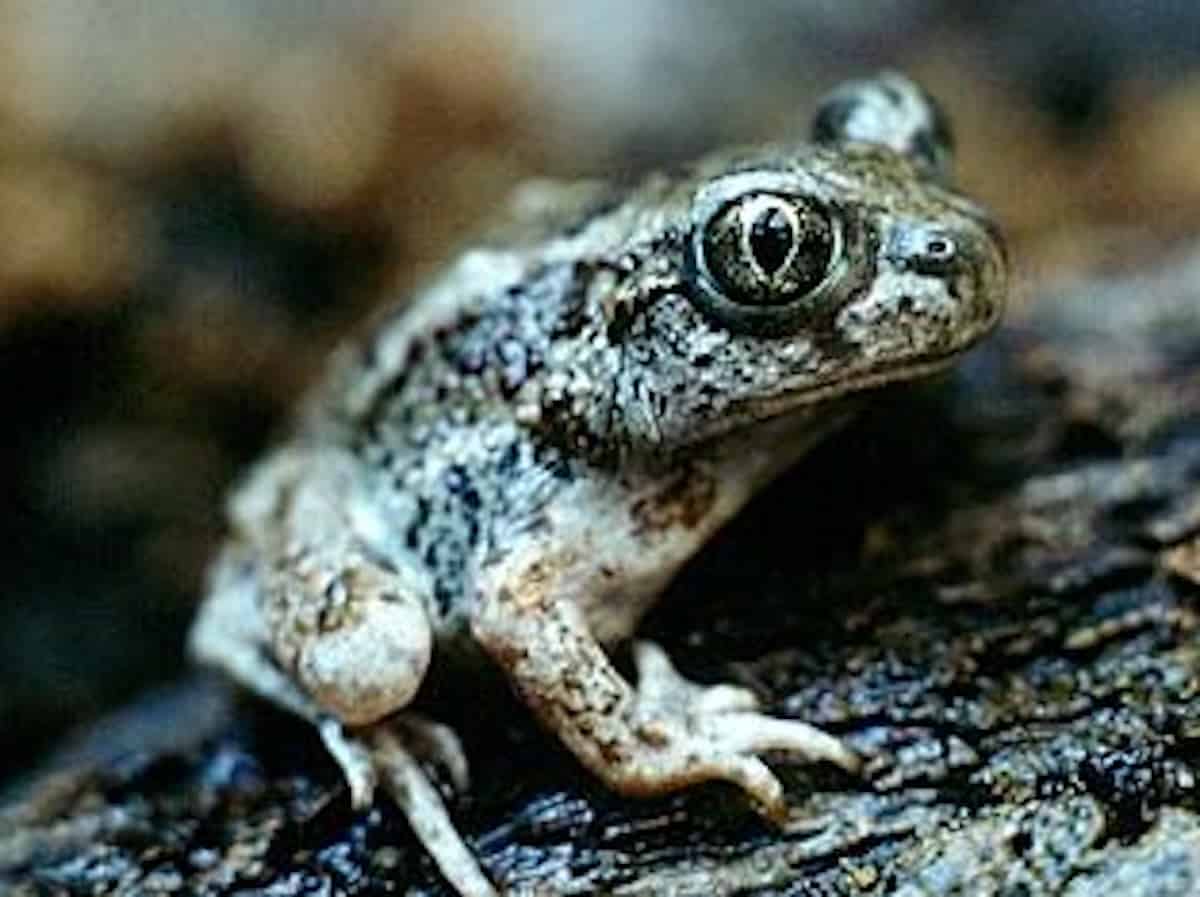
These amphibians emerge during the monsoon season to breed in temporary pools.
9. Chuckwallas
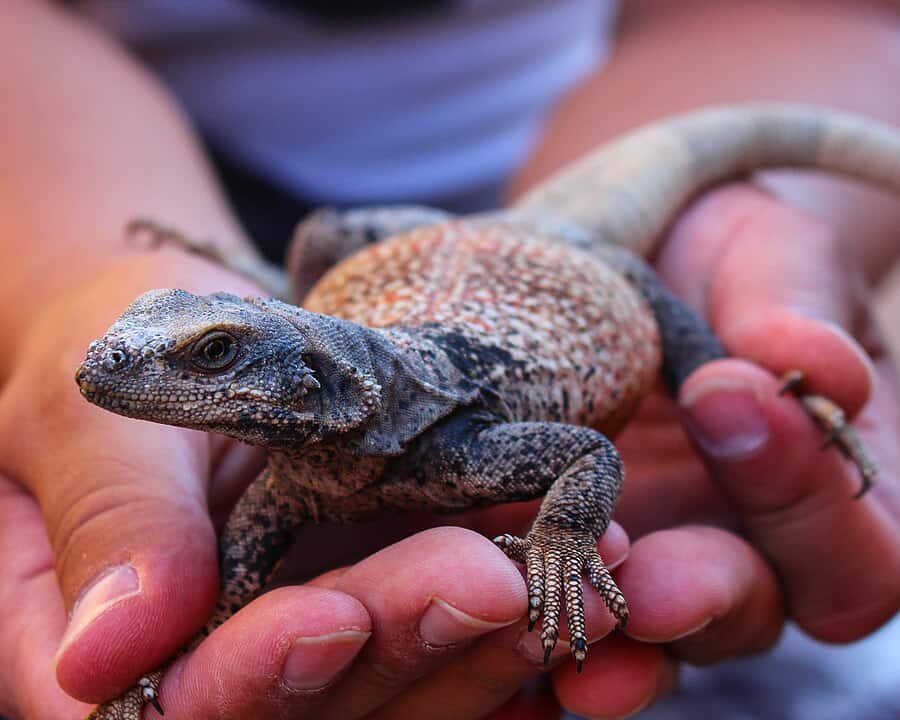
Large, herbivorous lizards that bask in the sun on rocky outcrops.
10. Western Whiptail Lizards
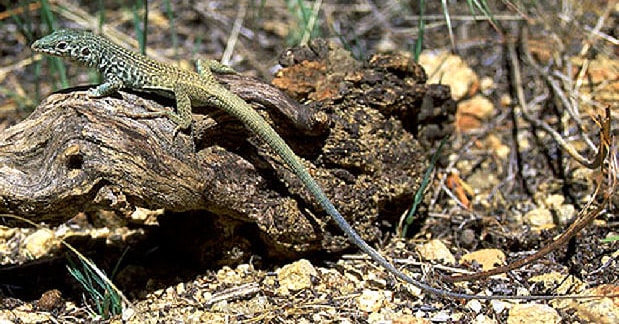
Commonly found in desert habitats, these lizards are known for their rapid movements.
11. Western Diamondback Rattlesnakes
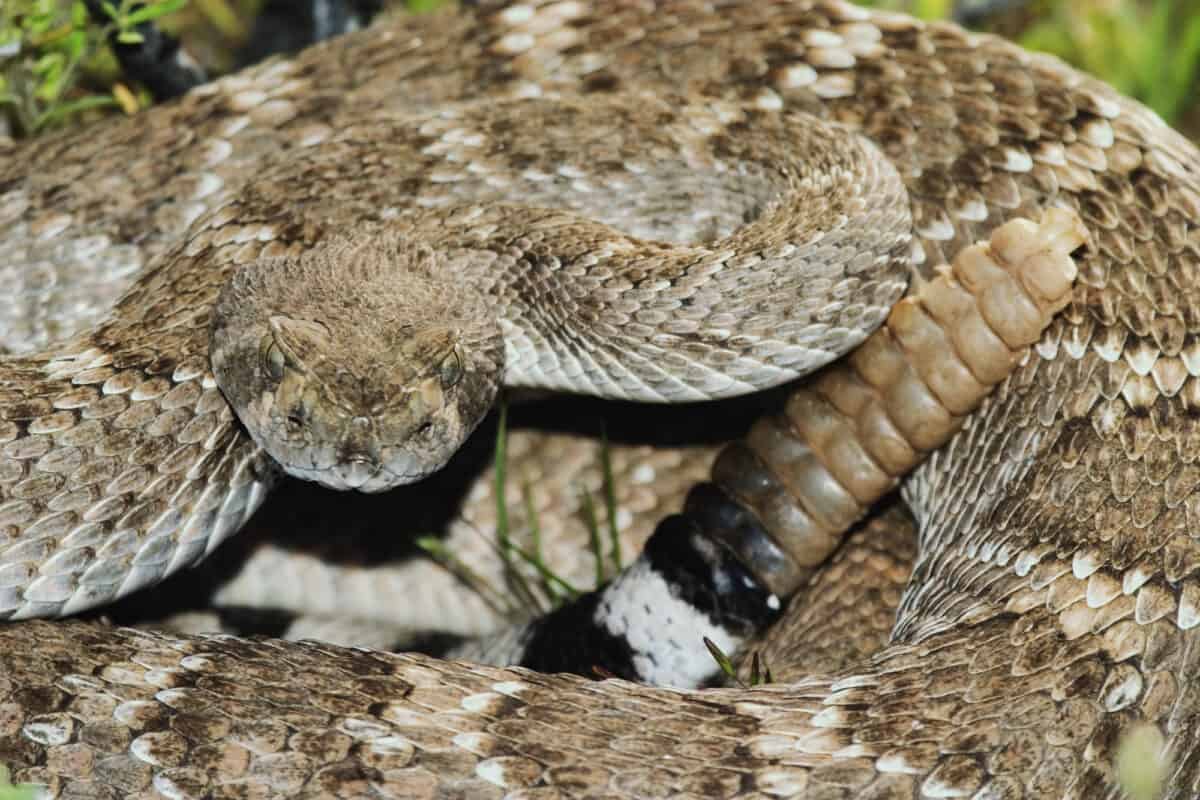
Venomous snakes that inhabit rocky areas, typically avoiding human contact.
12. Peregrine Falcons
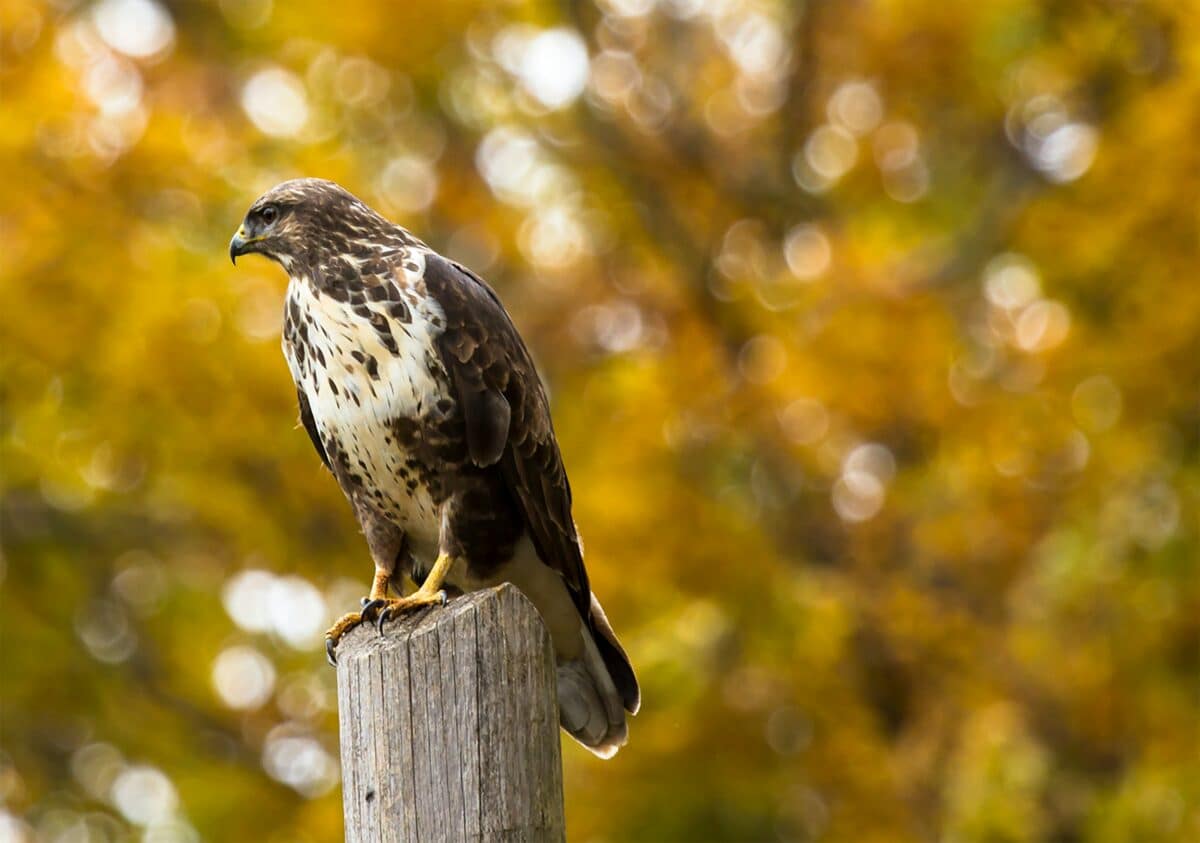
Among the fastest birds in the world, peregrine falcons nest on cliffs within the park.
13. Golden Eagles
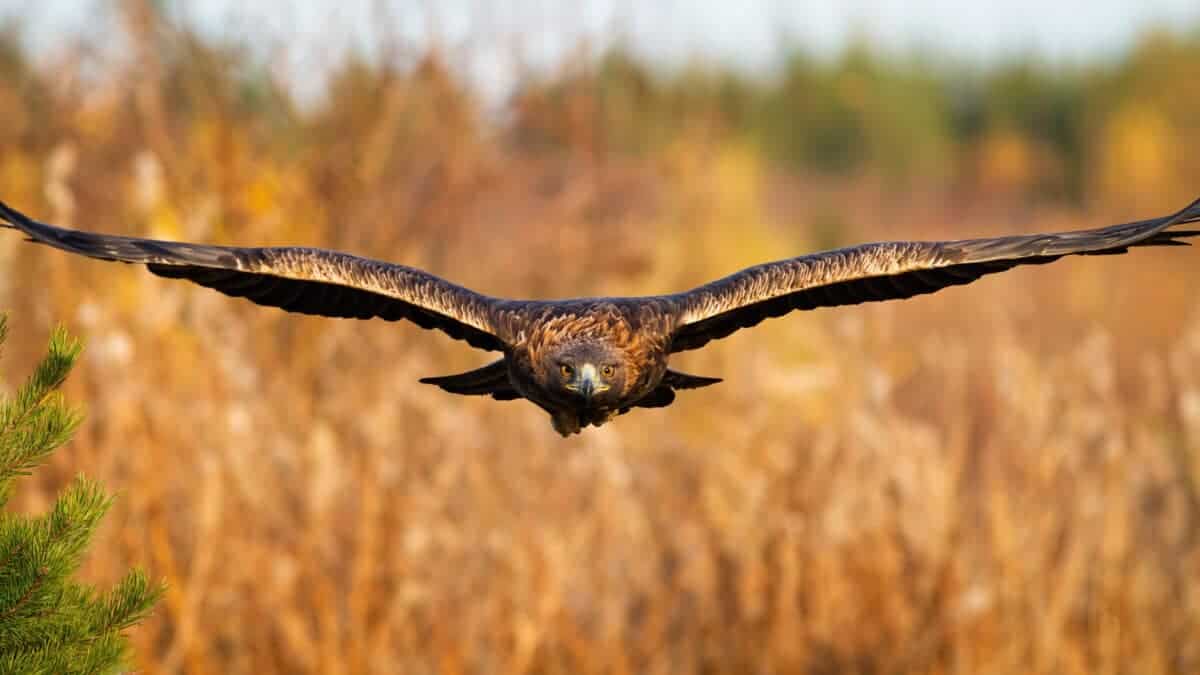
Majestic birds of prey that soar above the desert landscape, hunting small mammals and birds.
14. American Kestrels
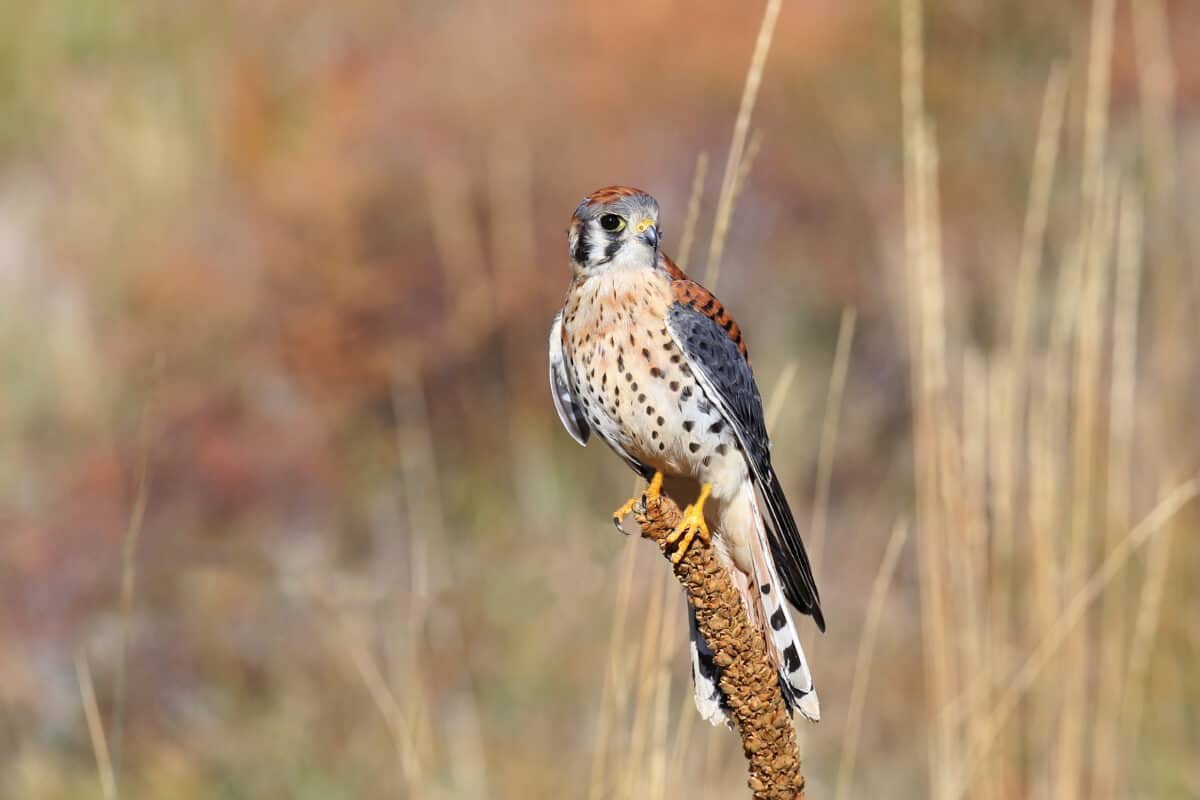
Small falcons commonly seen perched on utility poles or hovering over open fields.
15. Greater Roadrunners
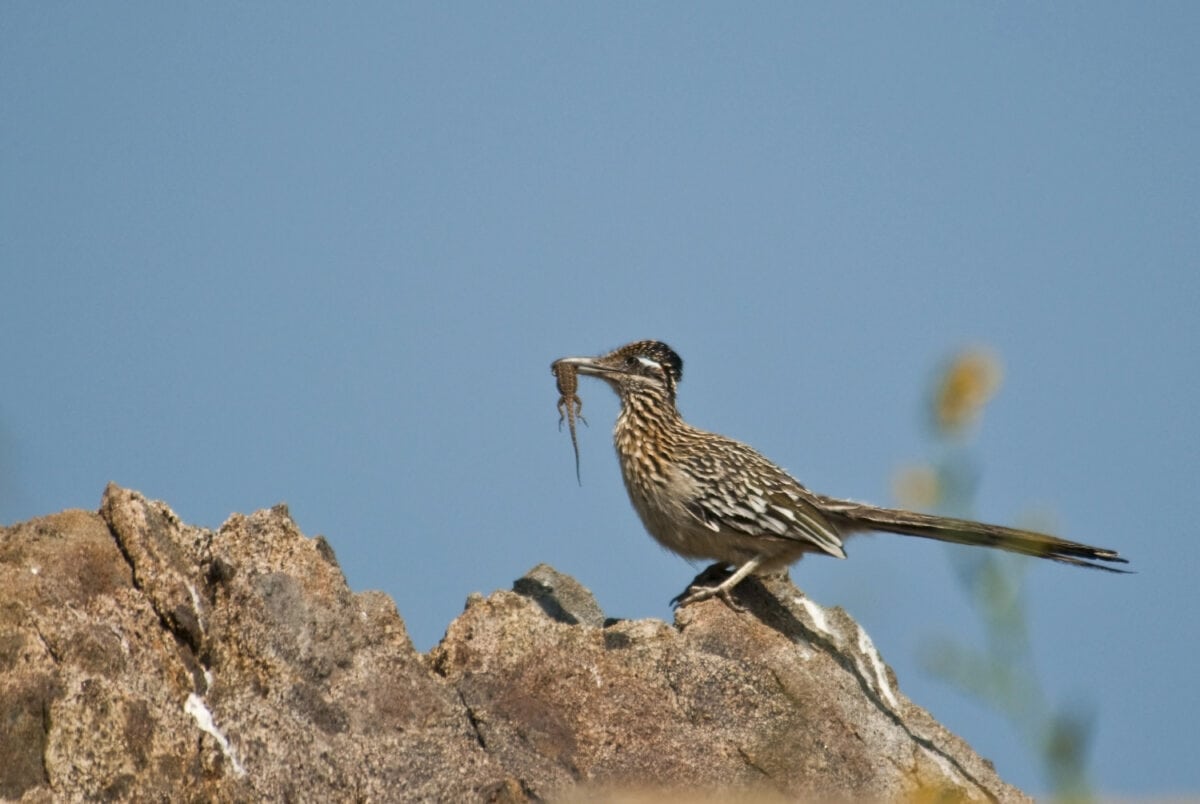
Iconic desert birds known for their distinctive appearance and fast running speed.
16. Rock Wrens
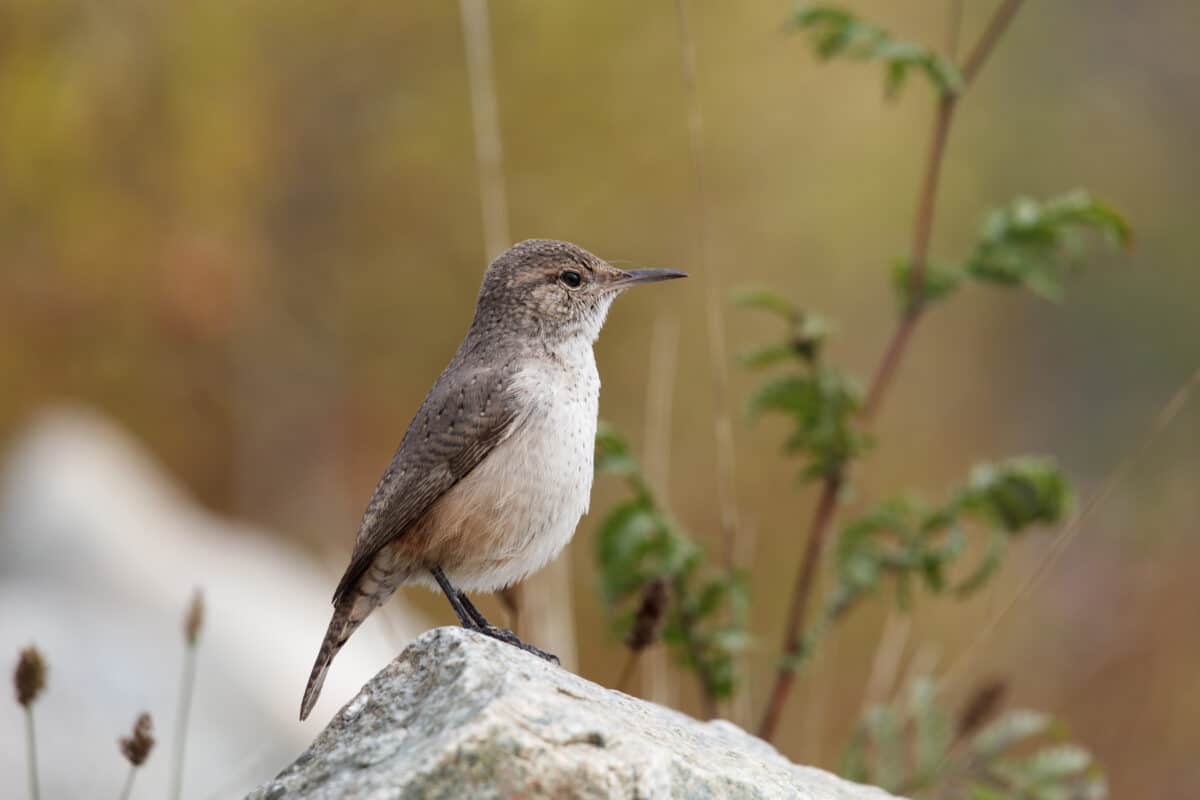
These small songbirds are often heard singing from rocky crevices.
17. Black-throated Sparrows
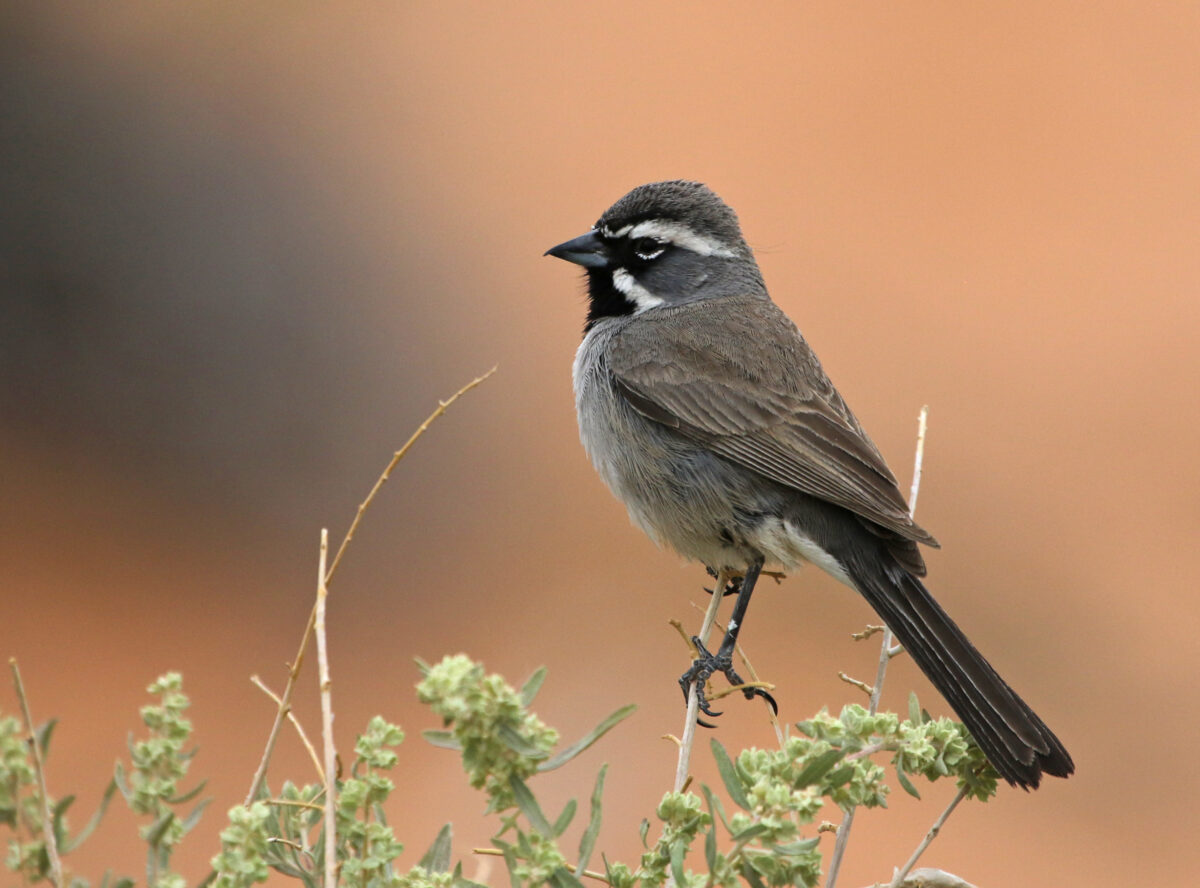
Common in desert scrub habitats, these sparrows have distinct black markings on their throats.
18. Canyon Wrens
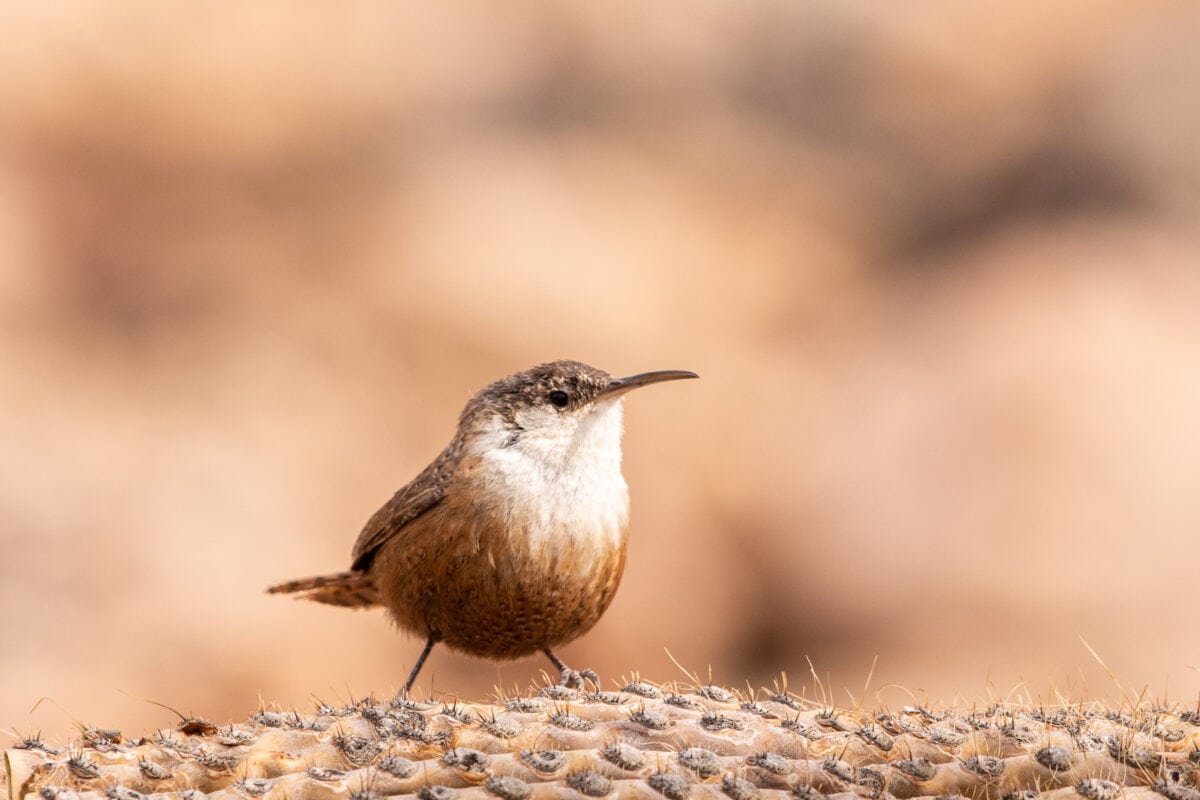
Known for their beautiful songs echoing through the canyons, these wrens nest in rock crevices.
19. Western Bluebirds
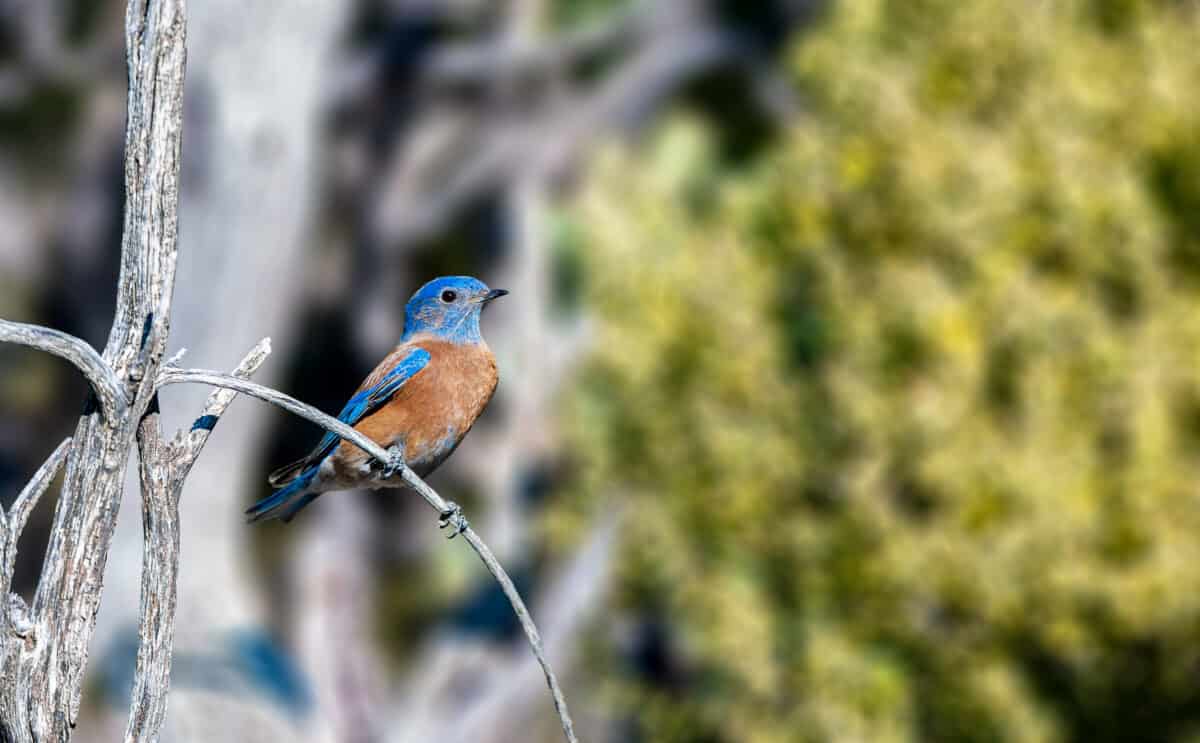
Vibrant blue and orange birds commonly seen perched on fence posts or in open woodlands.
20. Collared Lizards
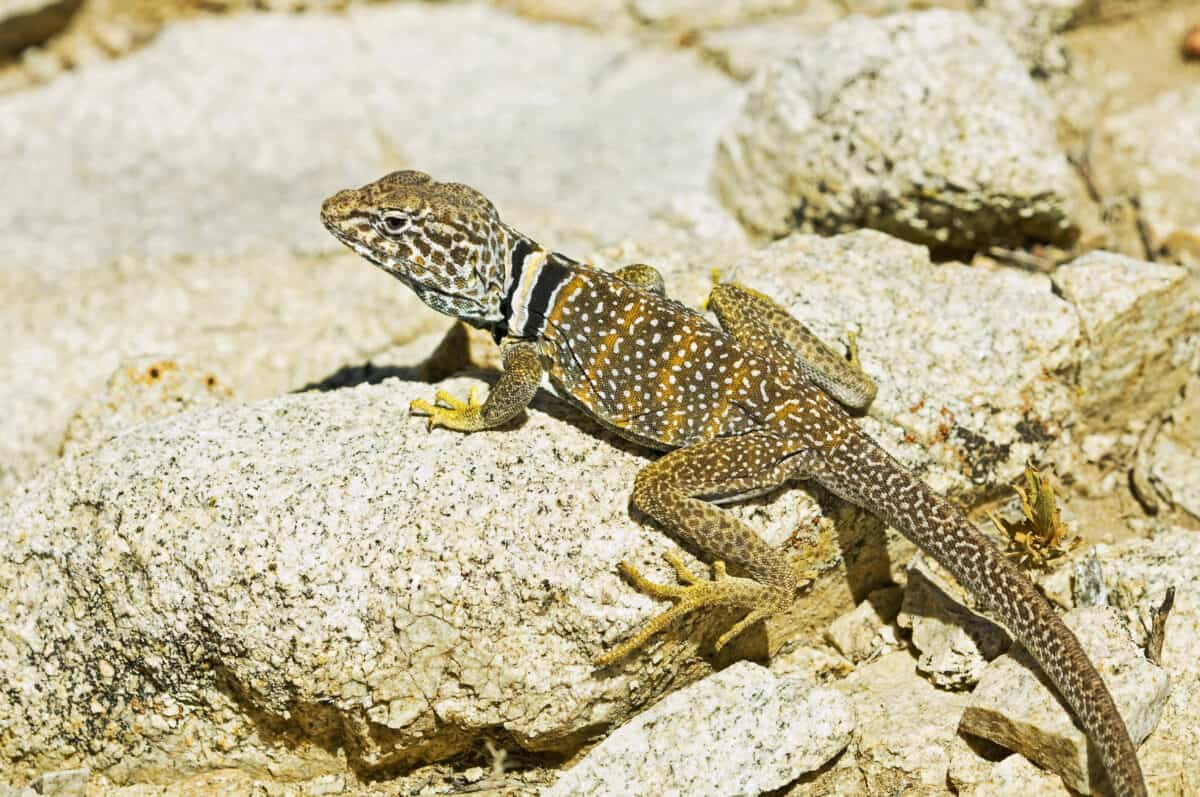
Colorful lizards with distinctive bands around their necks, often found in rocky areas.
21. Desert Tortoises
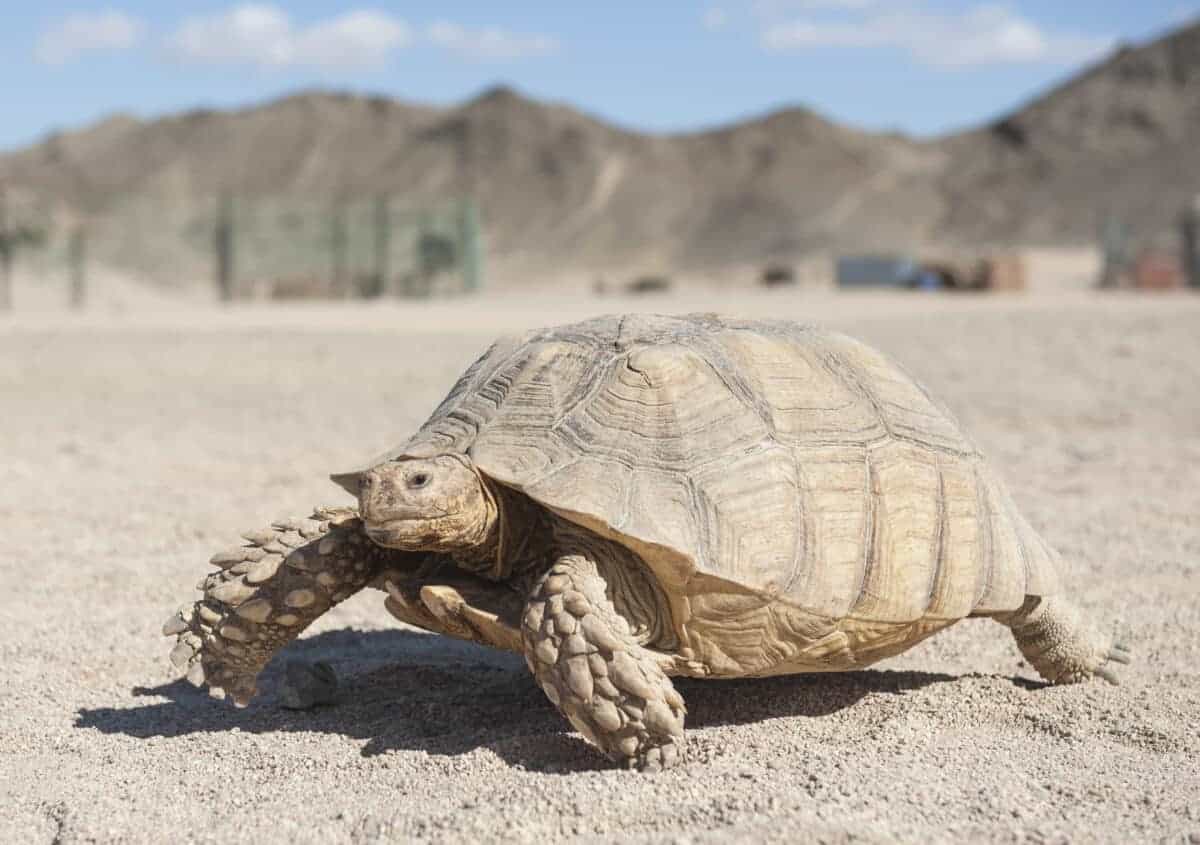
These iconic reptiles are well-adapted to desert life and can live for several decades in the wild.
Conclusion
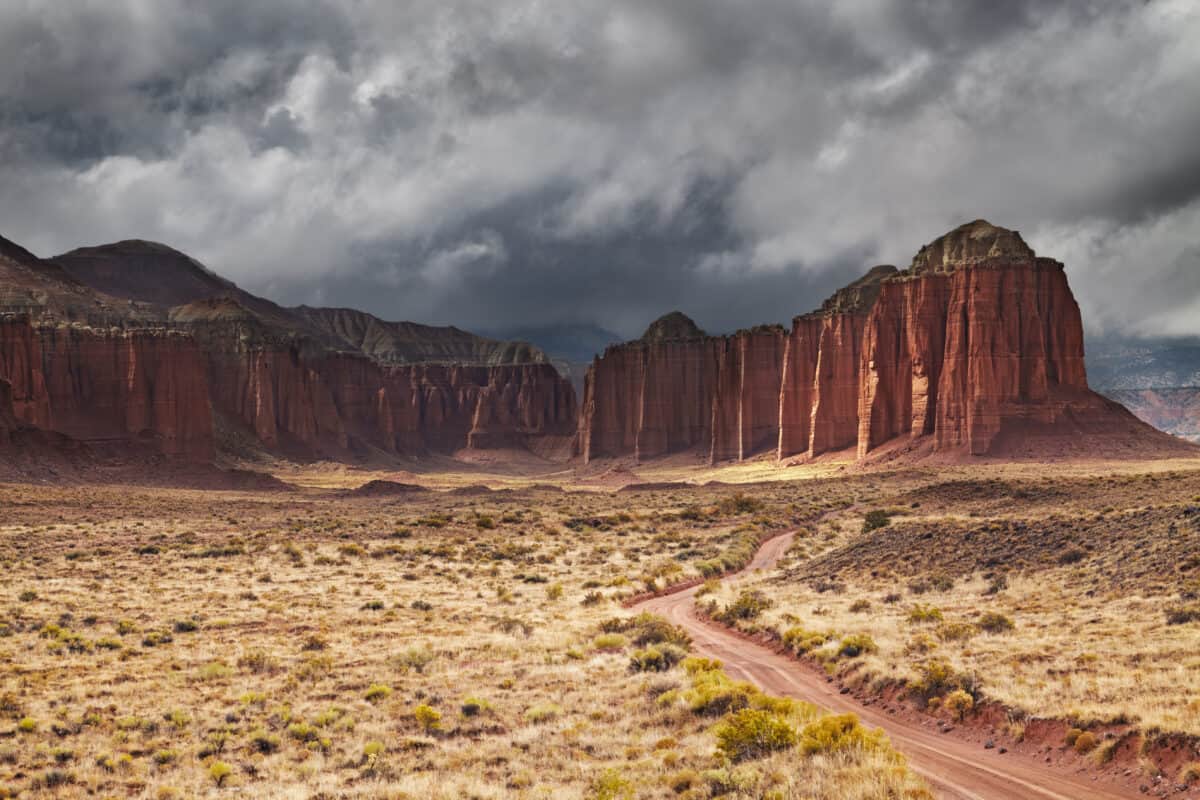
Each animal living here contributes in its own unique way to the greater ecosystem of the park. I hope you enjoyed reading about the animals that call Capitol Reef National Park home. To read more like this, check out the articles below:
- 21 Animals That Call Grand Teton National Park Home
- 21 Animals That Call Joshua Tree Home
- 21 Animals That Call Arches National Park Home
Join our Forum for free today!

- Brown Bear Approaches And Wiggles His Foot - July 22, 2024
- Mountain Biker Has An Extremely Close-up Encounter With a Wild Giraffe - July 22, 2024
- Eagle Flies Into a Moving Car - July 21, 2024

